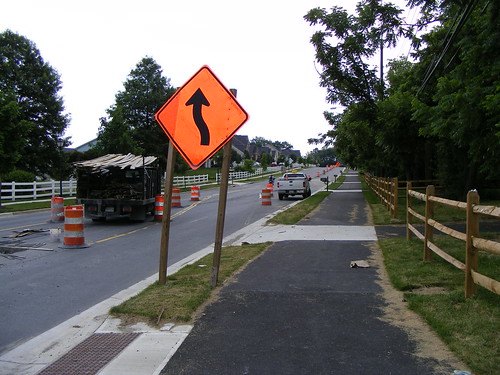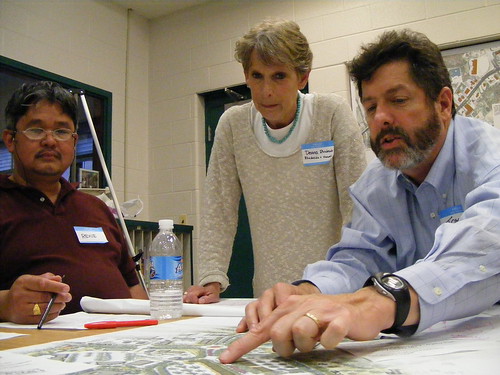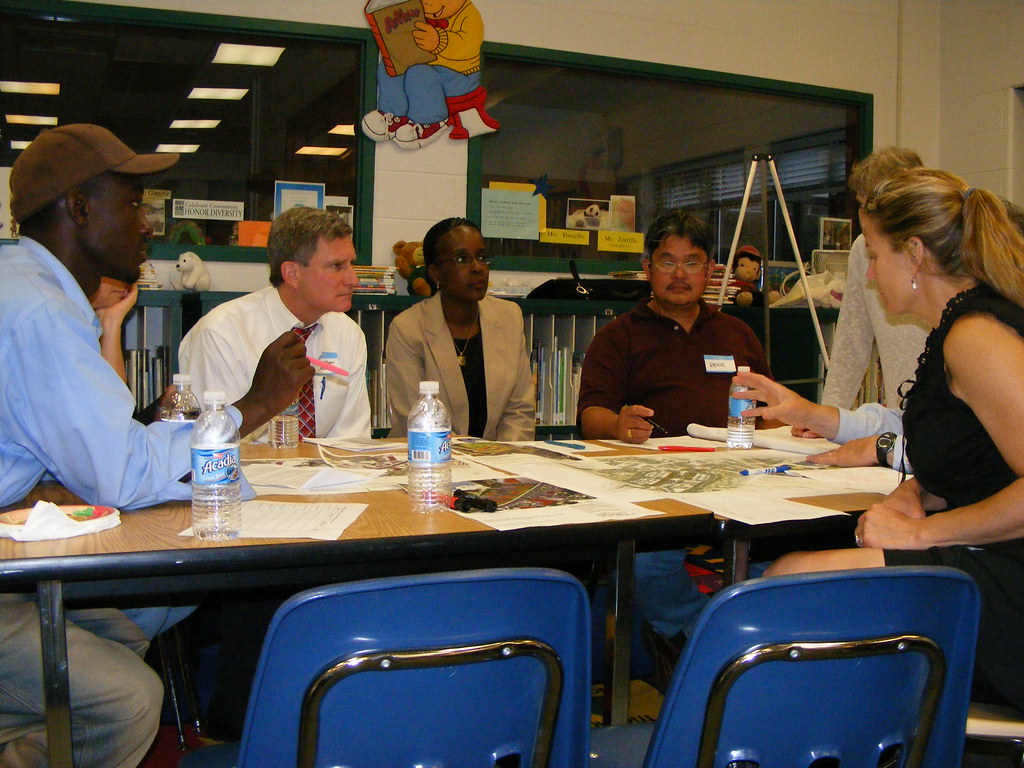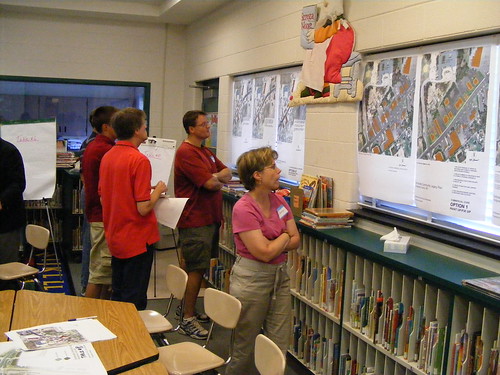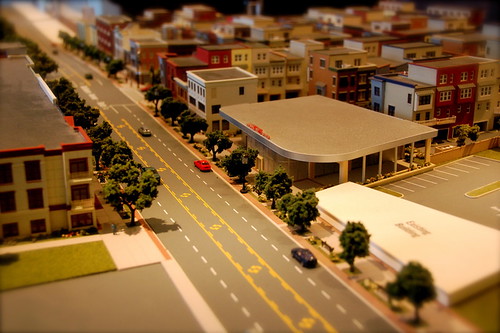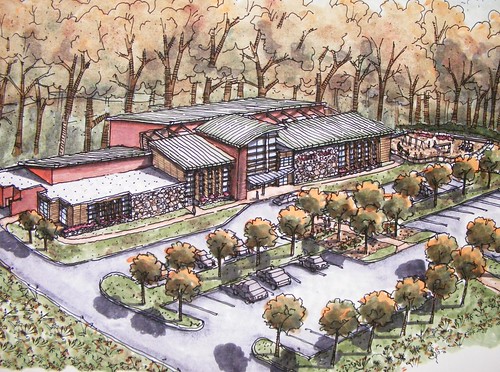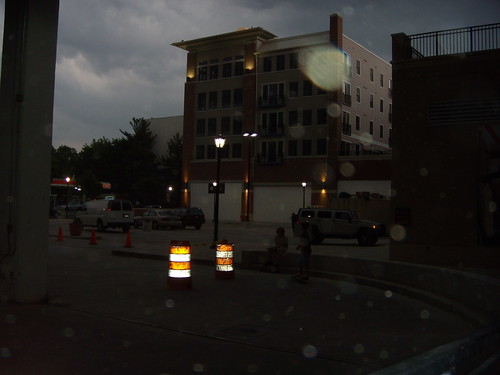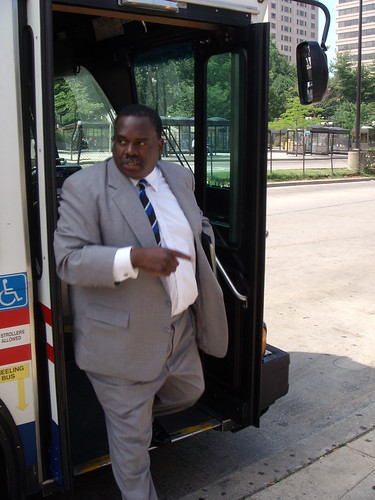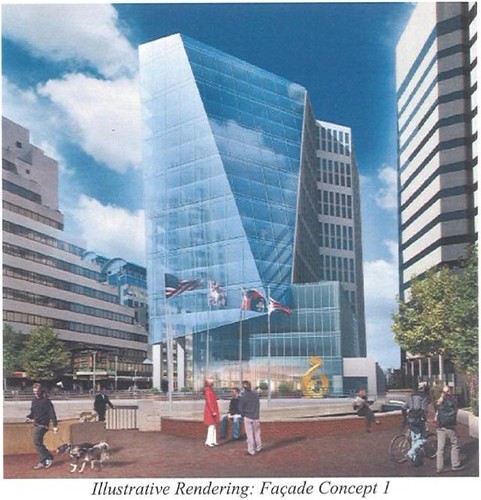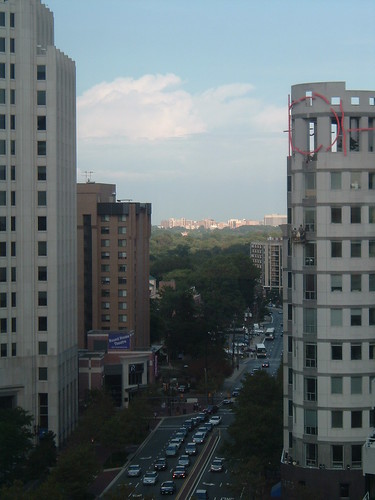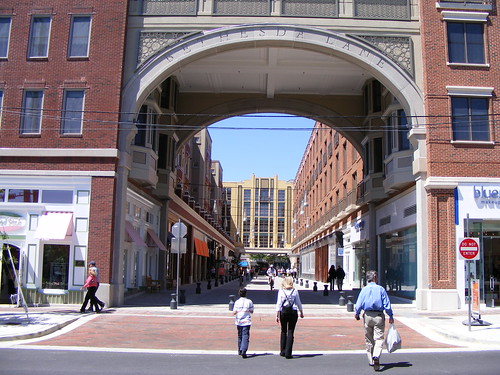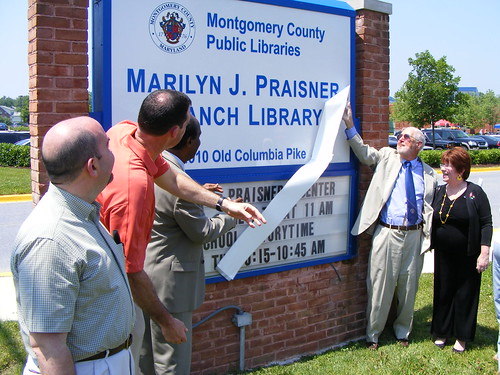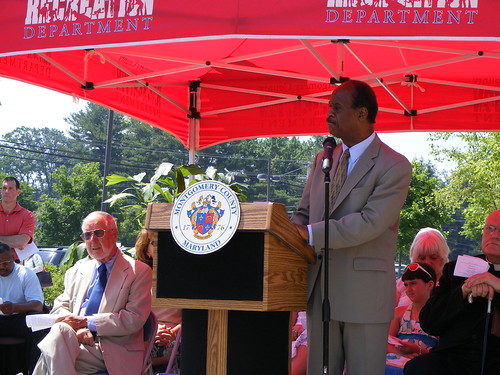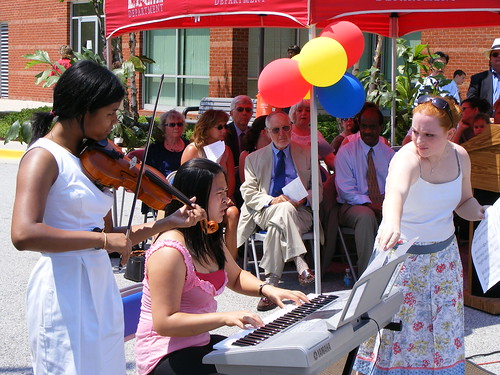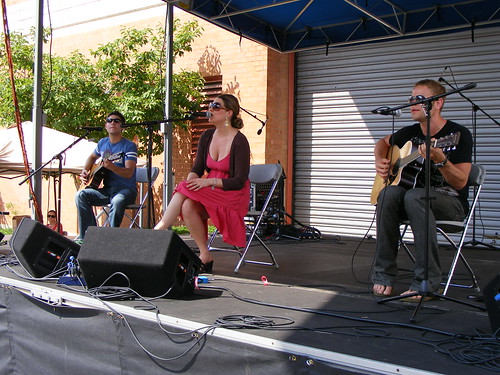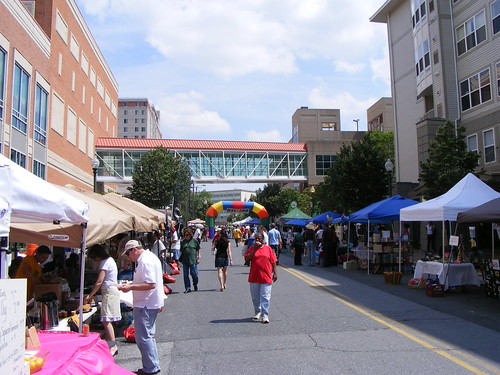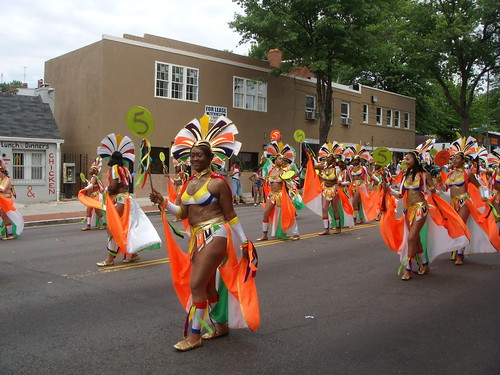 Dancers during the D.C. Caribbean Carnival last weekend. Check out this slideshow of this year's Carnival right here.
Dancers during the D.C. Caribbean Carnival last weekend. Check out this slideshow of this year's Carnival right here.Last Saturday, D.C. held its annual Caribbean Carnival on Georgia Avenue, also known as Route 29. Part street festival, part family reunion and part excuse (if you're Trinidadian) to play in mud, carnivals are held throughout the West Indies and in cities throughout the Western Hemisphere with large Caribbean populations. The centerpiece of Carnival is a parade which runs from between Missouri Avenue in Brightwood, just south of Downtown Silver Spring, and Barry Place, near Howard University.
 Carnival is a big deal for my family, being from Guyana and also being an established part of Georgia Avenue. For years, my aunt owned a small grocery at Georgia and Ingraham Street which she is currently turning into a restaurant. My uncle runs a mechanic's shop below, and my cousin lives above them in a sweet apartment that looks like something off of HGTV.
Carnival is a big deal for my family, being from Guyana and also being an established part of Georgia Avenue. For years, my aunt owned a small grocery at Georgia and Ingraham Street which she is currently turning into a restaurant. My uncle runs a mechanic's shop below, and my cousin lives above them in a sweet apartment that looks like something off of HGTV.The epitome of "mixed-use," this shop, like dozens of other West Indian, Latino and other ethnic establishments up and down Georgia, are slowly improving themselves one at a time. Together, they're creating a belt of diverse, real-deal, Jane Jacobs-style (she wrote The Death and Life of Great American Cities, but more about that later) urbanity between the gentrification of Downtown Silver Spring to the north and Petworth to the south.
Silver Spring, Singular reported that a shooting happened in Downtown Silver Spring following the parade, guessing that it might've been at a related party. I can't verify that, but I thought it was a good opportunity to show a different side of the Caribbean Carnival and Georgia Avenue. Check out this slideshow of this year's Carnival right here.






